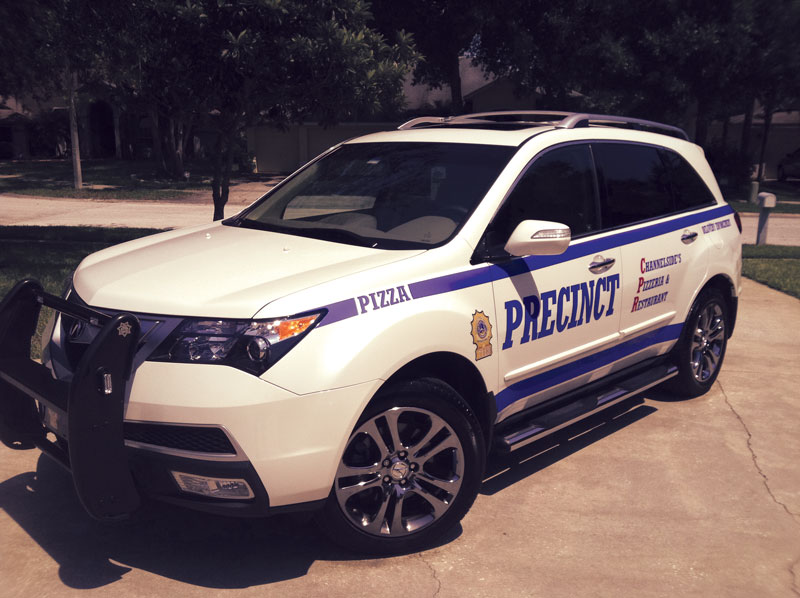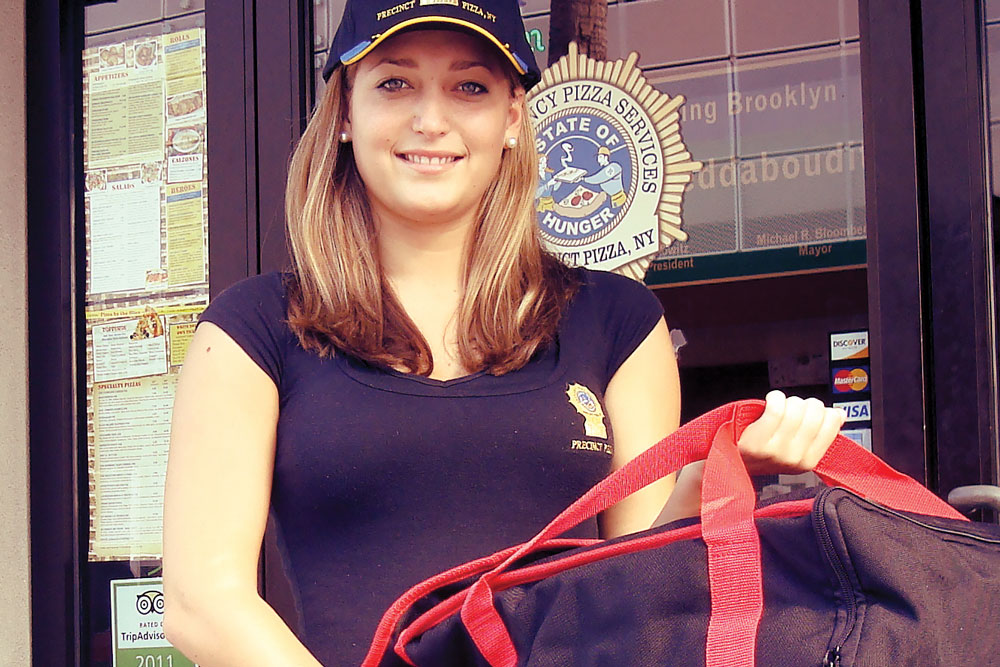Accidents happen, but some accidents—even apparently minor ones—can be devastating in the pizza delivery business. I learned this lesson the hard way after one of my drivers rear-ended another car during a routine delivery a few years ago. I went to the scene of the accident myself, and as a former New York City paramedic who has seen my fair share of wrecks, I estimated this to be a slow-speed (20 m.p.h.) rear-impact collision, causing minimal damage, and no one reported any injuries.
Three years passed, and I believed that my insurance company had handled it—until one day I received a letter from my insurer stating that they would not renew my policy. Unbeknownst to me, the woman whose car had been rear-ended had a stroke three weeks after the accident and claimed it was caused by the stress of the wreck. As ludicrous as it sounds, my insurance company took her claim seriously and decided to pay out nearly $500,000 to her—all of this with zero input from me or any notification of their intent to pay the claim. Suddenly, I had an enormous insurance payout on my record due to a driver’s accident. No insurance company would touch me. What could I do?
Eighty-three percent of U.S. pizzerias offer delivery. If you’re one of them, how do you protect yourself? Do you even have Non-Owned & Hired auto insurance? Is there a way to cash in on the lucrative delivery business without all of the headaches—hiring and scheduling drivers; buying car tops, uniforms and other necessary supplies; and paying for insurance? Yes, there is. Let’s explore an alternative to in-house delivery: third-party services.
Outlining the Benefits
Third-party delivery service is a booming business. Some of these online startups quickly gained valuations of billions of dollars after just a few years in business. They provide pizzeria owners with a source of revenue minus the potential pitfalls of hiring your own drivers. There are many to choose from, including Eat24, GrubHub, DoorDash, Seamless, Caviar and Postmates. Additionally, two huge tech companies have entered the restaurant delivery market: UberEats and Amazon Prime Now Restaurant Delivery.
There are many pros of using these services in place of in-house delivery, including:
- No hiring and training drivers
- No money spent on uniforms, car tops, hot bags or other delivery expenses
- No money spent on insuring drivers
- No scheduling hassles
- No dealing with complaints about an employee’s driving or rudeness to a customer
- Money saved on advertising—third-party companies advertise your business at their own expense
- Reduced staff and labor costs
 |
|
Precinct Pizza’s delivery cars make an unforgettable impression on the streets of Tampa, Florida.
|
Splitting the Work
In fact, you don’t have to entrust your entire delivery program to a third-party company. In my case, I’ve retained my own staff of professional drivers and vehicles, while UberEats and Amazon Prime Now Restaurant Delivery manage a portion of our deliveries. My pizzeria, Precinct Pizza, is very well-known locally for its eye-catching delivery vehicles, which pay homage to the New York Police Department and reinforce our ties to New York and New York-style pizza. We’ve got delivery down pat in our market, and our pizza brand is one of the most recognized in Tampa. But that doesn’t mean there is no room for improvement.
So far, I’ve identified several advantages to partnering with a third-party delivery company. For example, it’s a lot easier to handle routing of deliveries. Imagine that 20 customers want delivery from your restaurant right now. If you do not have an outside delivery service, you will have to deliver all 20 of those orders; however, with an outside delivery service, maybe five of those orders will come through that third party. Thus, you only have to deliver 15 orders rather than all 20.
Additionally, if you can’t handle a rush because you’re low on drivers, you can direct your customers to the third-party service. They still get their pizza, you receive most of the amount of the order, and you don’t lose those customers to another pizzeria.
Finally, the third-party delivery service may deliver outside your delivery area, opening your restaurant to new potential customers and income that would have been previously unattainable.
Considering the Cons
Now let’s discuss the cons to outsourcing your delivery business. Crucially, of course, you won’t make as much money per order. You will have to pay a percentage of the order to the outside company, usually around 20% to 30% of the order. Other cons include:
- The third-party company doesn’t know your menu as well as your employees do, so mistakes are more likely to occur.
- You may lose that personal connection to your customer. Pizza is a comfort food, and many people want to be assured that their pie is being made and delivered by someone who knows them as a “regular.”
- You have no control over the outside company’s ability to deliver your product on time. If they do a poor job, it will reflect on your restaurant; you may suffer negative reviews online or lose business due to the bad service.
- Someone who’s not wearing your company uniform will deliver your food, and some may be dressed poorly. Unfortunately, these companies often don’t conduct regular inspections of their delivery personnel.
- The third-party delivery company has no idea how busy you are at any given time or how well you will be able to fulfill an order. Some companies offer the option to deny the order, but they will simply tell the customer to call another restaurant for which they deliver. You cannot speak to that customer directly and preserve the relationship.
- You will lose some control over the quality of your delivered product. These companies do not have heated delivery bags, and some don’t even use nonheated bags. Additionally, you can’t call them if they left your store and forgot an item. And because they won’t return to your store after making a delivery, you have no idea how long it’s taking them to deliver your pizza.
- You may still be held liable in legal issues related to outside delivery companies. All of them appear to classify their delivery personnel as “independent contractors,” which may protect the third-party company from potential lawsuits but isn’t necessarily good for you. A litigant will always go after the company with the deepest pockets. You should discuss insurance and legal ramifications with your insurance representative and/or your attorney.
Clearly, these are not trifling concerns. After a review of the facts presented above, some operators may feel the cons outweigh the pros. But I’ve decided to move forward with a third-party delivery company, and I’m going to share my experience with the readers of PMQ. This article covered the general pros and cons of working with third-party services. My next article will delve into the financial issues involved and will serve as a case study of how I started working with two leading outside service providers and how they have impacted my business. I hope that PMQ’s readers will benefit from my experience so they can make better-informed decisions about this intriguing, if challenging, new pizza delivery opportunity.















